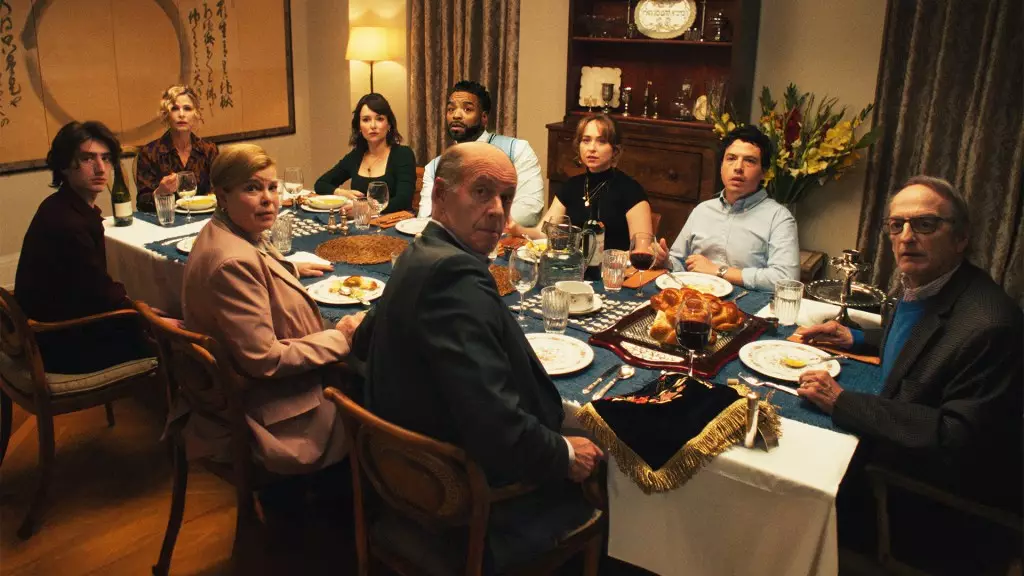In recent years, the perception of independent films has shifted from niche curiosities to formidable competitors within the cinematic arena. The success stories emerging from small-scale releases signal a profound transformation: audiences are increasingly craving authentic, quirky, and thought-provoking content outside the mainstream Hollywood machinery. Films like Menemsha Films’ *Bad Shabbos* exemplify this trend, demonstrating that with strategic limited releases, indie movies can not only survive but thrive in a competitive environment. The narrative that blockbuster franchises dominate should be challenged; the resilient power of grassroots filmmaking offers a compelling alternative that resonates deeply with diverse audiences, especially in an era of information overload and cultural fragmentation.
The Mechanics Behind Small-Scale Success
What sets these indie films apart is their reliance on community engagement, targeted marketing, and word-of-mouth expansion. *Bad Shabbos*’s sustained run across multiple states underscores this point. Having played exclusively in South Florida for over a month, it amassed a substantial $250k, driven by regional loyalty and personal connections—financially modest yet culturally significant. The real win, however, lies in the ongoing momentum that keeps the film in theaters well beyond initial openings. A key factor is its keen understanding of market segmentation: by first debuting in culturally aligned communities, then expanding to art houses and city theaters, the film builds a dedicated audience that champions it independently of massive marketing campaigns.
The impressive box office figures of films like *Hundreds of Beavers* and *Secret Mall Apartment* further exemplify this dynamic. These titles, often quirky and unconventional, demonstrate that niche storytelling and genuine authenticity can rally loyal fans. Their success challenges the myth that bigger budgets and wide releases are prerequisites for commercial viability. Instead, a focus on passionate storytelling, niche appeal, and timing can propel indie films into the spotlight, fostering sustainable growth over months rather than days.
The Cultural Shift: Nostalgia and Authenticity in Demand
The appeal of these minimal releases is rooted in social trends favoring authenticity over spectacle. Audiences are increasingly turned off by sanitized blockbuster universes and crave raw, relatable content. Films like *Bad Shabbos* tap into specific cultural moments—interfaith relationships, religious harmony, and social humor—that strike a chord with viewers seeking representation and validation. The continued theatrical presence of *Bad Shabbos*, entering its sixth week at the Coolidge Corner Theater with over $80k earned, confirms that audiences are willing to support films that reflect their realities.
The return of comedy as a primary genre also plays a critical role. The notion that comedy is a “safe” genre—often dismissed in Hollywood’s high-stakes environment—misses its true power as a tool for social commentary and connection. When a comedian or actor like Method Man joins an indie film, it injects cultural credibility and broadens appeal, attracting diverse demographics. This confluence of authenticity, humor, and cultural relevance makes indie films formidable contenders that, disproportionally, outperform expectations based on their limited marketing budgets.
Implications for the Future of Film Distribution
The success of these niche films signals a shift in distribution strategies. Limited theatrical runs, localized releases, and fostering genuine community engagement are proving to be more effective than sprawling ad campaigns. The emphasis on word-of-mouth as a primary marketing tool is a strategic advantage—an organic, cost-efficient, and impactful way of building deep connections with viewers.
For the industry’s center-right liberal perspective, this resurgence of indie cinema validates a more decentralized approach to filmmaking. It advocates for supporting independent voices, which often challenge cultural orthodoxies and provide a broader spectrum of stories that mainstream Hollywood overlooks. Such films, rooted in specific cultural identities or social issues, not only entertain but also educate and foster dialogue—critical elements for a healthy democratic society.
The long-term sustainability of indie films hinges on embracing these methods and recognizing the intrinsic value they bring to cultural discourse. As *Bad Shabbos* and others demonstrate, quality storytelling combined with smart distribution can challenge the dominance of large studios, fostering diversity and inclusion within the cinematic landscape. This isn’t merely about economic success but about preserving a vibrant, pluralistic arts community that resists homogenization and celebrates authentic voices.

